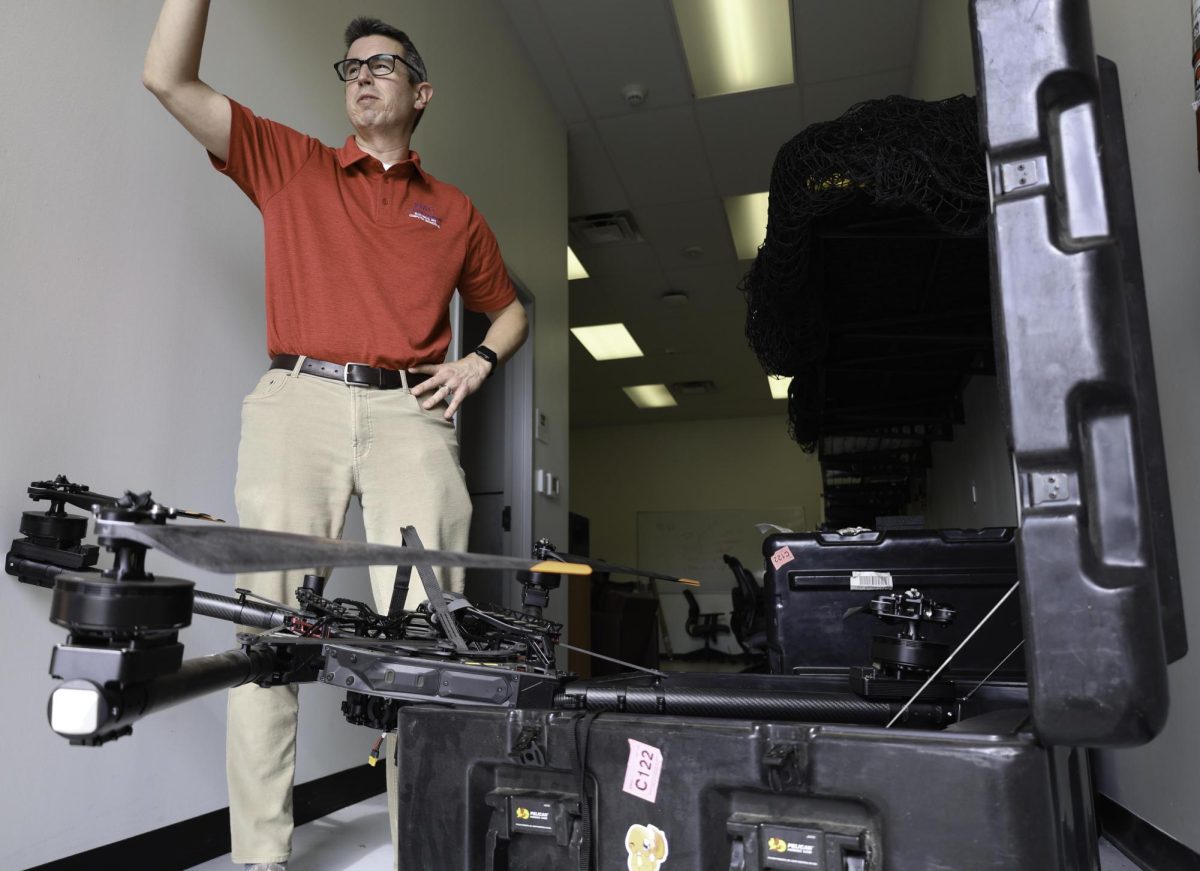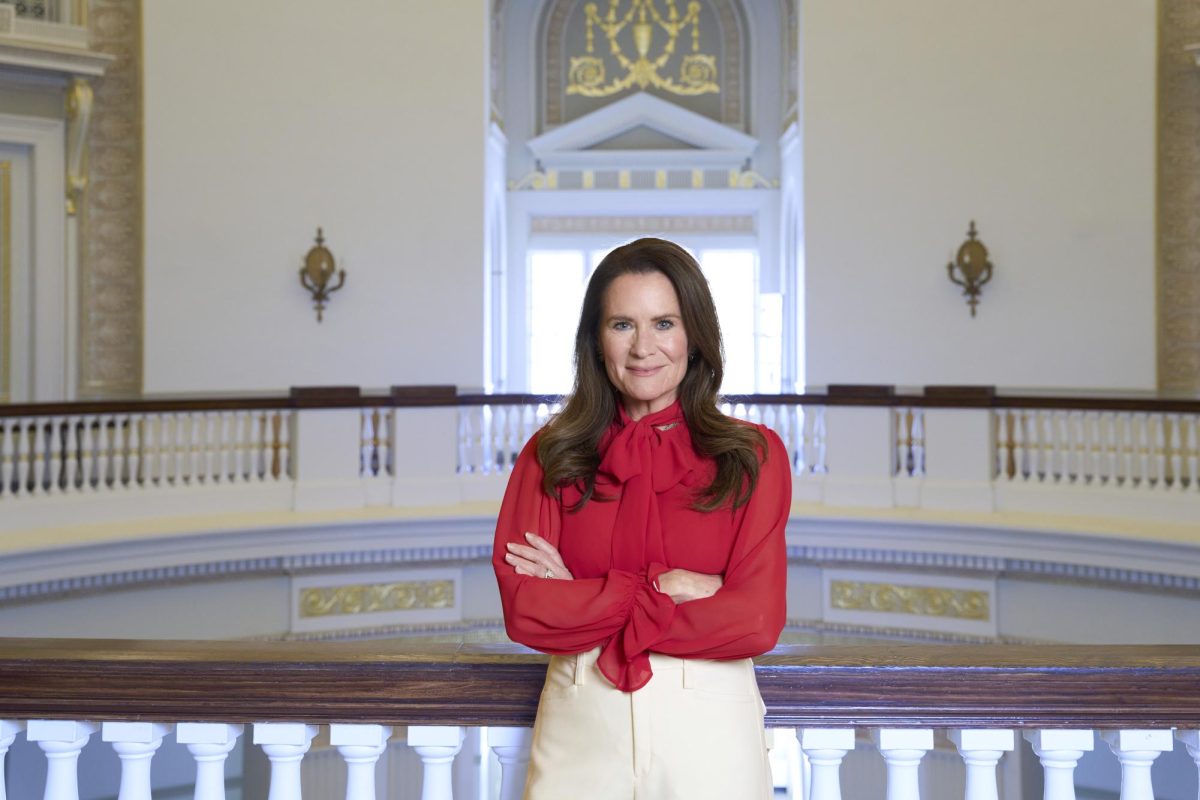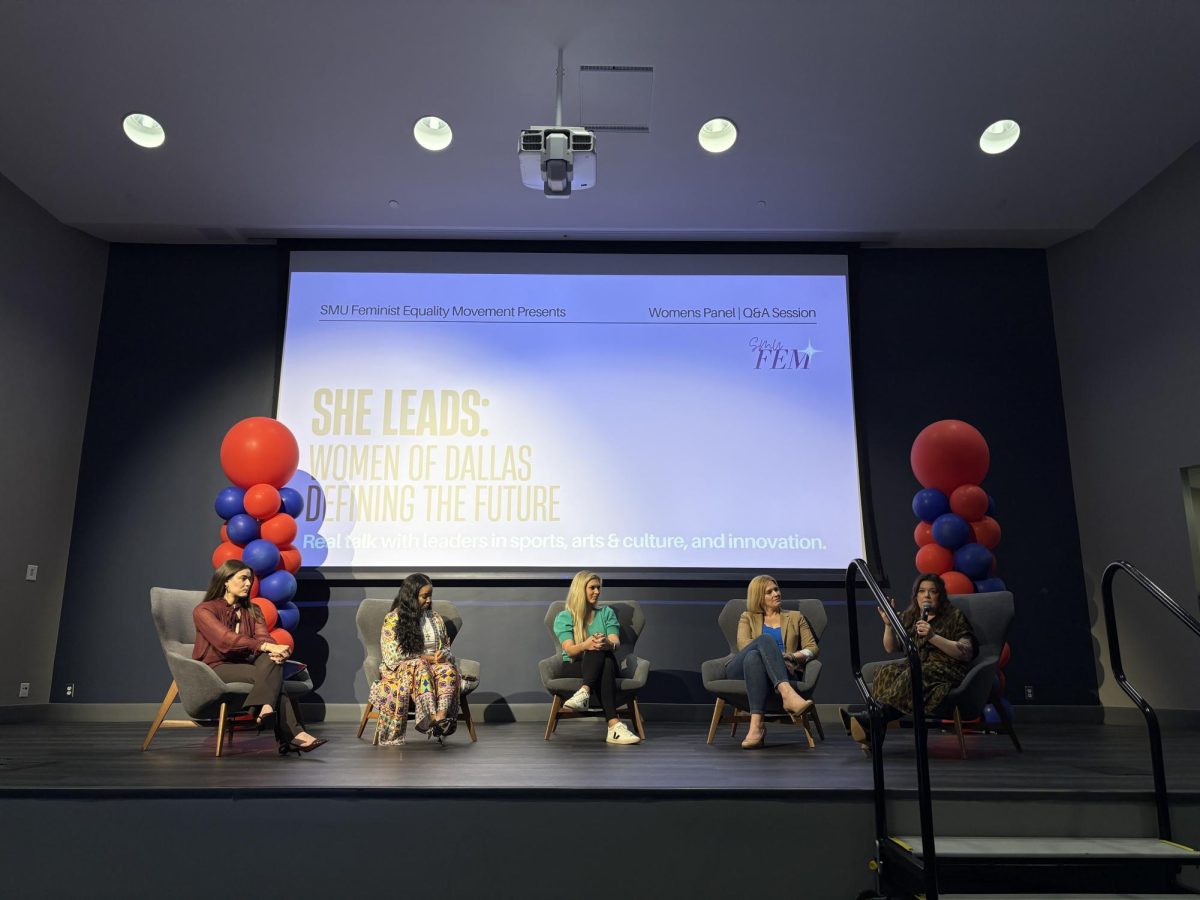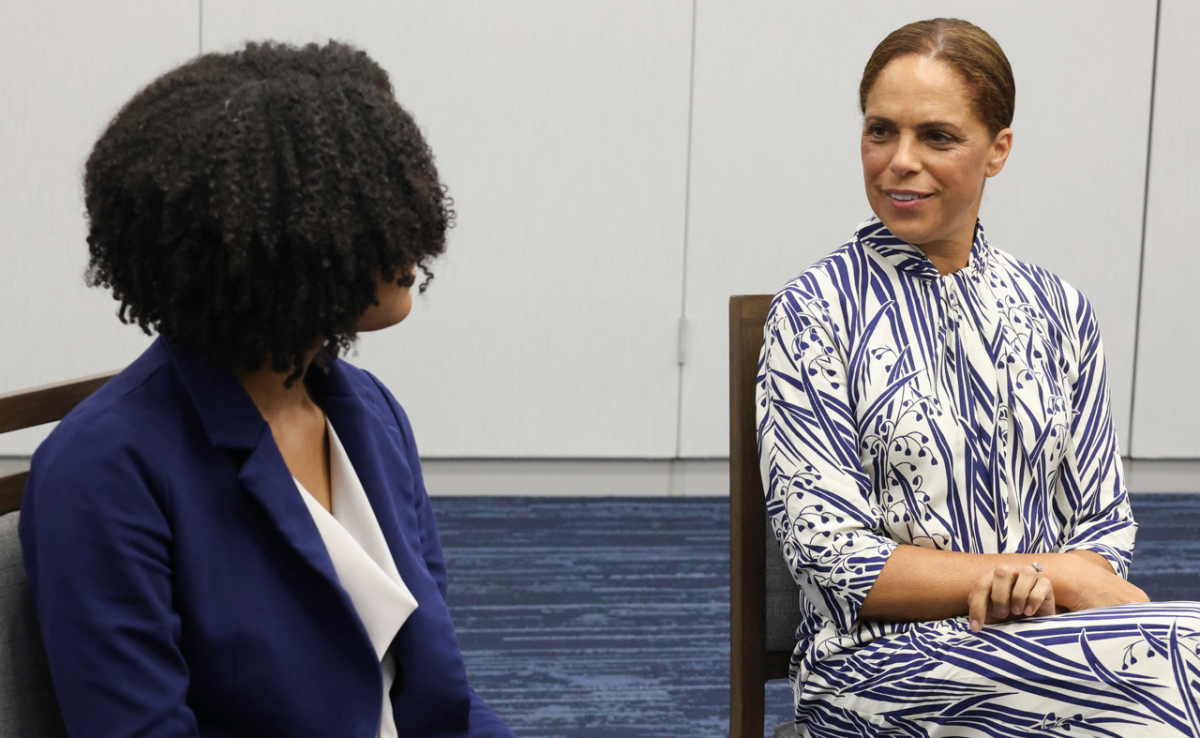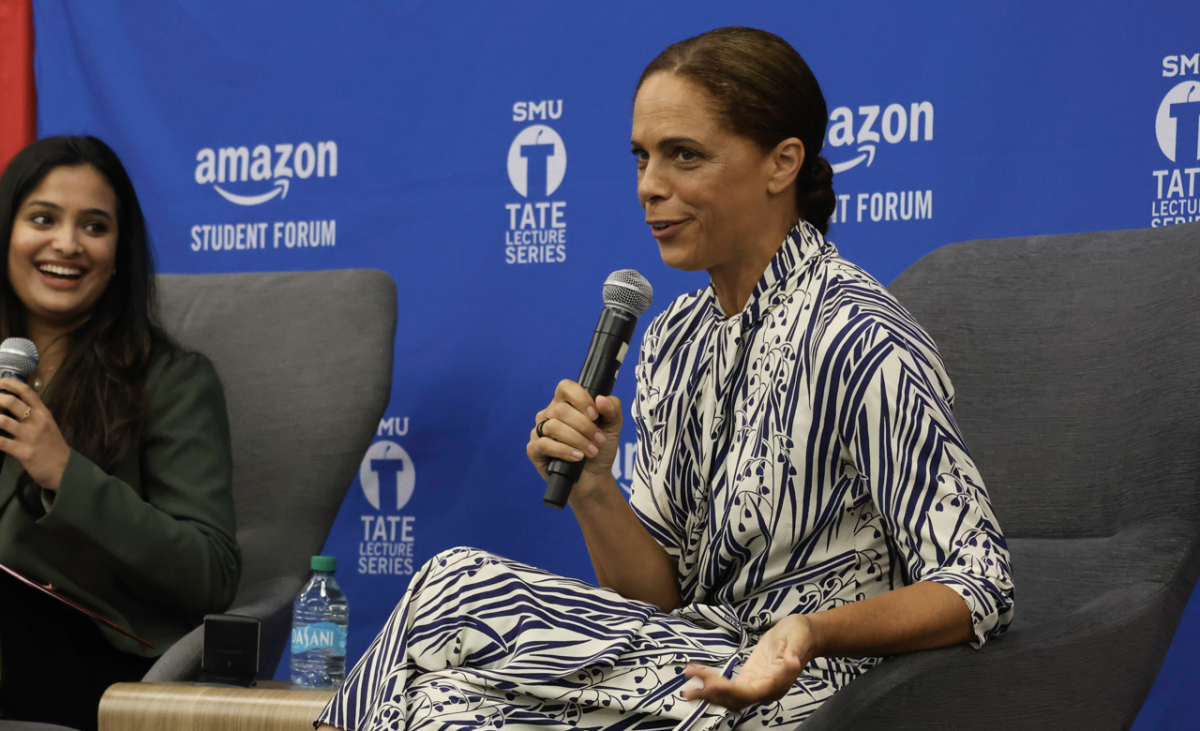Seated in the McLean, Va., home of former vice-president Dick Cheney, Brian Franklin conducted one of the biggest interviews of his career. But he struggled with the juxtaposition of sitting with someone whose decisions have changed the world while also remaining aware that Cheney was also just an everyday person.
“It was such a mundane setting, but I was talking with obviously a very important person,” Franklin said, who interviewed Cheney in November 2014.
Franklin is the associate director of the SMU Center for Presidential History and the Collective Memory Project. He also served as the project manager and editor of The Election of 2004 website, the latest edition of the Collective Memory Project. The website includes non-partisan analysis of the 2004 presidential election. The website was launched in February after over two years of interviewing, writing and building the site. Franklin’s interview with Cheney is one of 18 interviews featured as part of a wide database of information.

“I hope it will be something that SMU is known for,” Franklin said.
The Collective Memory Project is dedicated to enhancing the historical and archival record of the administration of President George W. Bush. It begins with exploring the overlooked, yet pivotal election cycle of 2004. The project focuses on key subjects and events from the times through interviews with people from both within and outside of the administration. Other aspects of the Bush administration will be explored in the future.
The election website also includes articles on topics such as the McCain-Feingold Campaign Finance Reform Act and debates between Bush and Democratic candidate John Kerry. There are also articles on 527 organizations, tax-exempt groups created to influence the outcome of the election. These organizations rose to prominence in the 2004 election. Visitors can also find maps and numbers of the primaries and caucuses, as well as the presidential and congressional elections.
Franklin and his team searched for something they could accomplish in a two-to-three-year period. The next step was finding a presidential scholar to partner with. Dr. Michael Nelson, the Fulmer Professor of Political Science at Rhodes College in Memphis, Tenn., was that someone. A current fellow with SMU’s Center for Presidential History, Nelson served as the primary interviewer for the Election of 2004 project.
“It was fascinating to talk to so many different kinds of people,” Nelson said.
Jeffrey Engel, the director for the Center for Presidential History, considers the Bush administration to be one of the most complex. Bush and his staff dealt with crises such as the attacks on 9/11, the Iraq War and Hurricane Katrina. An administration with that type of adversity demands in-depth analysis, say historians.
“The only way democracy can function is if people can have a good understanding of information,” Engel said.
Daron Shaw, the strategist for the Bush-Cheney campaign in both 2000 and 2004, was interviewed for the project about his experiences during the campaigns. The campaigns contain the most important information to an administration, he said.
“There is a winning side that protects their successful formulas and a losing side that falls off the map after an election,” Shaw said.
The Election of 2004 site promises to reveal all of the information that otherwise would be unknown to the public, said Shaw.
“It’s a smart way to leverage existing resources,” he said, “and it will make SMU a place where scholars go.”
The 18 interviews feature seven Republican Party members, seven non-political party figures, and four Democratic Party representatives. Each recorded interview is paired with a searchable transcript, furthering the goal to present the public with as much transparent information as possible.
“We don’t have a message. Our message is, ‘here’s what they have to say.’” Engel said.
Engel’s struggle throughout the process was convincing the interviewees that the Center for Presidential History didn’t have an agenda for the project.
“We’re giving them a platform to tell their story,” Engel said.
Engel was impressed by how consistent the messages were from the Republican side about how successful the campaign was, and how much self-criticism there was on the Democratic side after losing the 2004 election.
“We expected some, but got way more,” Engel said.
Access to this raw, informational material provides a shortcut to scholars and students interested in studying presidential history, but who can’t travel to Dallas and visit the Bush Library. The public have online access to maps and numbers of the election, but the interviews and other materials will provide a unique look into this specific election.
“When people study this in the future, they’ll have first-hand sources that they won’t be able to find in the same way anywhere else.” Franklin said.
Aaron Crawford, the assistant editor for the election site, worked diligently with Franklin to develop the digital aspect of the website, including all of the transcripts and tagging. Crawford’s mission with these bells and whistles is to stay ahead of the curve on technological advances and draw more student interaction. Both the younger generations and these advances were driving forces behind the methods used to build the database.
“It’s the way everything is heading,” Crawford said.
The next Collective Memory Project will be released in another two-to-three years, and will analyze elements of the Iraq War. The Center for Presidential History is also working on projects focusing on Laura Bush and her role in diplomacy, the role of religion in the presidency, and the appointing of judges and justices to federal court. Crawford will head this judicial project, analyzing the nuts and bolts of what is regarded as a forgotten branch of government.



